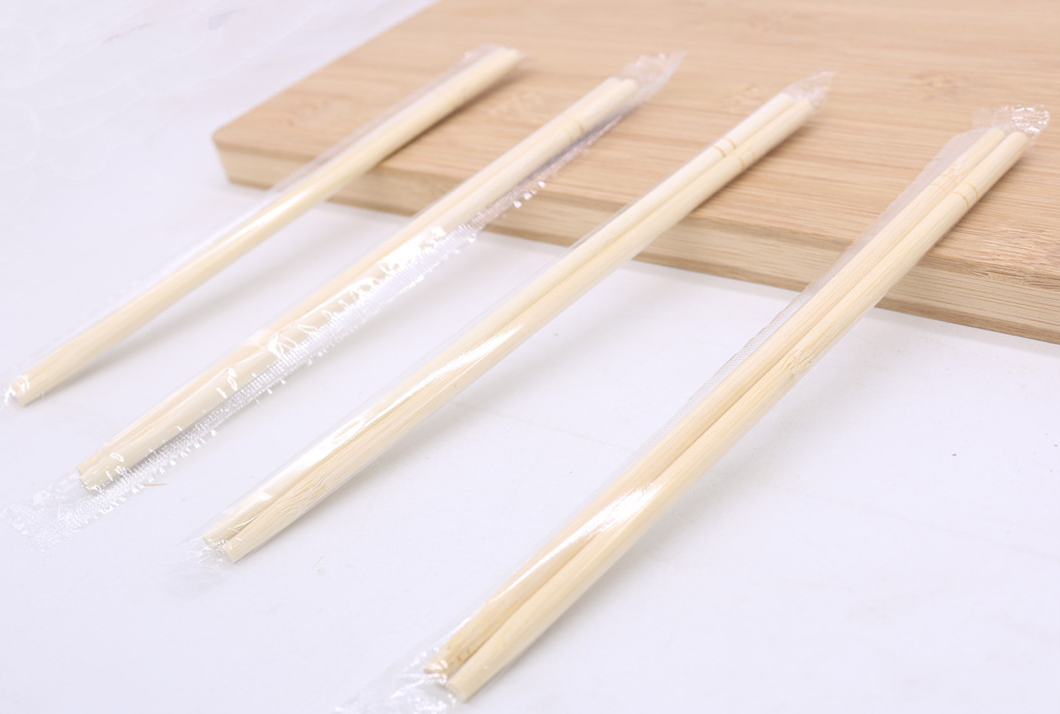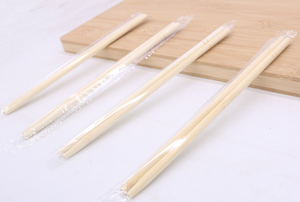
Inspection and testing standards for disposable chopsticks Inspection and factory verification services
Disposable chopsticks, as widely used consumables in the catering industry, their hygiene, safety and quality compliance directly affect the health of consumers. During the inspection, factory verification and product certification process of disposable chopsticks, it is necessary to strictly follow the national mandatory standards and hygiene regulations. This article will systematically elaborate on the inspection standards, testing methods and quality certification requirements of disposable chopsticks, providing professional guidance for purchasers and manufacturers.
I. Inspection Scope and Reference Standards
1. Scope of Inspection
This inspection standard is applicable to disposable wooden chopsticks made from raw materials such as birch, poplar, basswood, larch, spruce, and fir. The inspection process should cover the entire quality control from raw materials to finished products.
2. Normative reference documents
The inspection and certification should be carried out in accordance with the following national standards:
Health and safety standards: GB/T 4789 series (microbial testing), GB 14934-1994 (hygiene standards for food and drinking utensils disinfection)
Quality inspection standards: GB/T 2828.1-2003 (Sampling Procedure), GB/T 1931-1991 (Moisture Content Measurement)
Chemical safety standard: GB/T 5009.34-2003 (Sulfur dioxide determination)
All inspection and certification activities should be carried out in laboratories that possess the corresponding qualifications.
II. Product Inspection Technical Requirements
1. Sensory Quality Inspection
The surface should be clean and smooth, without burrs, contamination, mold spots or unpleasant odors.
The color is uniform, without any abnormal discoloration, end discoloration or resin strip-like material defects.
2. Inspection of processing quality
The dimensional tolerance must comply with the standard requirements (length tolerance ±1.0mm, thickness tolerance ±0.2mm)
The center seam deviation is ≤ 0.5mm, and the offset at the small end is ≤ 0.3mm.
The joined parts are intact without any fractures, and the separation is smooth without any adhesion.
3. Health and Safety Certification
Microbial indicators: No detection of coliform bacteria and pathogenic bacteria (such as Salmonella, Shigella, etc.) is allowed.
Physical and chemical indicators: Moisture content 7% - balanced moisture content for each region; Sulfur dioxide leaching amount ≤ 600mg/kg
Additive usage: The auxiliary materials used in the production process should comply with the national standards for food additives.
III. Inspection and Testing Method Specifications
1. Sampling Plan
Appearance and size inspection: Performed in accordance with GB/T 2828.1-2003, at inspection level I, with AQL = 4.0
Microbial testing: Randomly select 5 complete packaging samples, with each sample containing no less than 10 pairs.
Physical and chemical testing: 3 pairs were randomly selected for moisture content testing; 5 pairs were selected for sulfur dioxide testing.
2. Inspection Tools and Procedures
Dimension measurement: Use a precision 0.02mm vernier caliper and steel ruler to measure the dimensions of each part.
Sensory inspection: Conduct a visual inspection under natural light and determine the presence of any unpleasant odors by smelling.
Laboratory test:
The microbial samples should be kept in their original packaging and delivered to the laboratory.
The detection of sulfur dioxide is carried out using the distillation method, with the distillation time strictly controlled at 15 minutes.
3. Key Points for Factory Inspection
Review the raw material purchase records to ensure that the used wood materials meet the standards.
Check whether the production environment meets the hygiene requirements for food contact materials.
Verify whether the production process uses compliant food additives
Check whether the quality control records are complete and traceable.
IV. Judgment Rules and Certification Requirements
1. Quality Judgment Criteria
Microbial indicators and sulfur dioxide content are the disqualifying items. If even one of them fails, the entire batch will be deemed disqualification
.
If the initial inspection of indicators such as sensory requirements and dimensional tolerances fails, a re-inspection is allowed. If the re-inspection still fails, the batch will be deemed disqualification.
2. Requirements for Certification Documents
Each batch of products should be accompanied by a factory inspection report and a certificate of conformity.
The outer packaging should clearly indicate: the manufacturer's information, product specifications, production date, shelf life and applicable standards.
A health and safety inspection report issued by a third-party testing agency is required.
V. Packaging, Storage and Transportation Specifications
1. Packaging Inspection
The inner packaging materials should comply with food hygiene standards and have moisture-proof properties.
The outer packaging should be sturdy and intact, with clear and legible labels.
2. Storage and Transportation
The storage environment should be well-ventilated, dry, fire-proof, moisture-proof and pollution-proof.
The transportation tools must be clean and hygienic, resistant to rain and moisture, and must not be mixed with toxic or harmful substances for transportation.
By establishing a complete inspection system for disposable chopsticks and strictly adhering to the inspection and certification requirements of national standards, it is possible to effectively ensure product quality and safety, provide consumers with safe and reliable dining supplies, and at the same time assist manufacturing enterprises in passing various factory inspection audits and market supervision spot checks.
分享这个商品

Inspection and testing standards for disposable chopsticks Inspection
Disposable chopsticks, as a widely used consumable item in the catering industry, their hygiene and safety directly affect the health of consumers.
